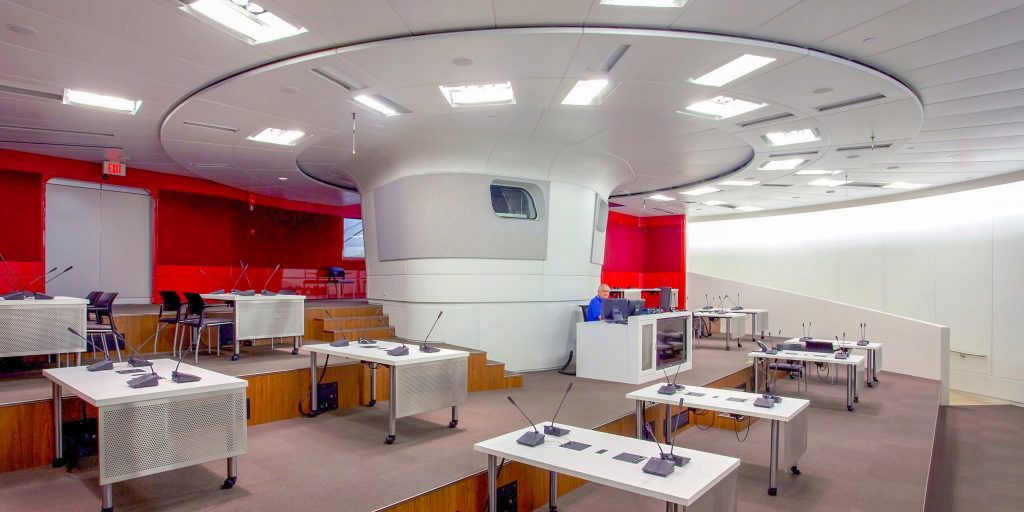
Every new building starts as just an idea, and often it’s as simple as, “A space is needed to fulfill a task.” That singular, possibility-filled thought is then handed to an architect – the hero of our built environments – and transformed into a dynamic and culture-infused work of modern art.
Few people in the world are entrusted with as much responsibility as architects, who dream up the places that we spend most of our lives inhabiting: homes, transportation hubs and offices. With so much daily use, it’s crucially important that each building be created to fulfill not just the goals of its owner, but those who look to it for daily inspiration.
The Need to Create Something Greater
Until recently, buildings were constructed for singular, often only practical, purposes. A living room was meant to fit a couch, not to inspire a family, and office buildings were designed to fit as many cubicles as possible, not act as an inspirational platform for its occupants.
Fortunately, times have changed. Both architects and developers understand that practicality is a necessity, but there’s much more that now requires consideration to create a space that is functional and livable.
“One of the reasons we’re in this business is to create a work environment that’s in tune with people’s expectations and lives,” says Luc Massaux, Design Principal for The Switzer Group, an interior architect firm based in New York. “There used to be a separation of work and home, but work is now a continuation of life. People want work environments that give them life experiences.”
Those who work in office buildings want what they desire in life: interaction, mobility and spaces. In many cases, workers don’t have their own designated office space, so they rely on multi-use, collaborative spaces befitting their personal styles – lobby cafés, conversation areas and project rooms – all with easy access to highly advanced technology that boosts productivity.
These appealing environments that inspire and comfort them have been shown to help businesses keep top employees, and also attract new talent. It makes sense – happy and productive workers are more likely to stick around.
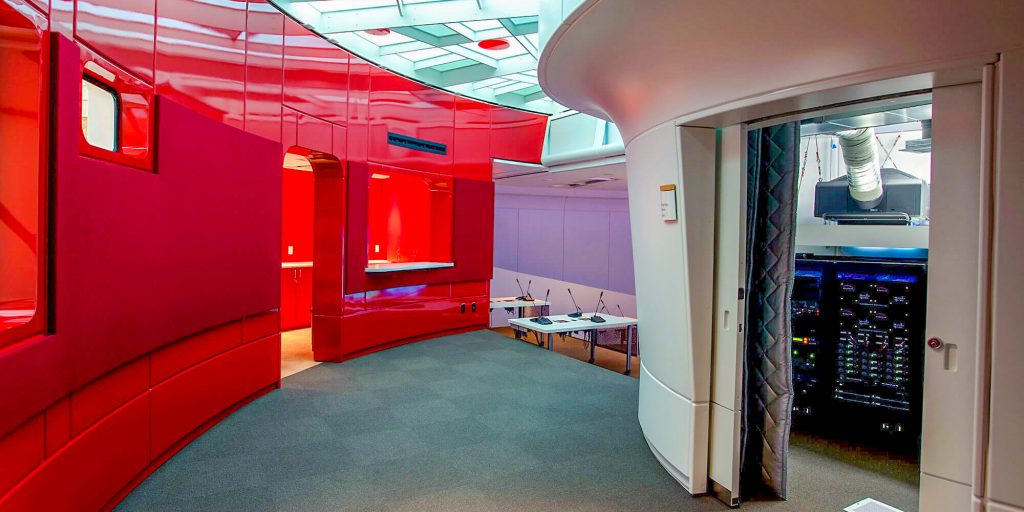
Discovering Potential
Most builders come to an architect with little more than a vague idea of what they need to accomplish. If builders do have thoughts on building design, it’s usually little more than a concept that has previously been done. It’s up to creative architects like those at The Switzer Group to understand the potential of interior spaces and realize their full potential.
The commercial design process starts with discovery meetings to analyze occupant needs, business brands, design trends, technology, cultures and future projections. This is challenging in itself, but the role of an architect is to also understand not only the occupants of today, but even those occupants who haven’t been born yet 20 or more years away. Research is instrumental in creating functional spaces.
“We do everything we can to understand the client,” says Massaux, “For example, in one project we collected insight from 1,200 employees on every way they would be using the spaces: how much water they needed, toilet locations and how they group together. We even toured their competitors’ spaces.”
Sketching a Vision
Once preliminary research is complete, architects sit down with their findings and, over the course of days, weeks and sometimes even months, shape it into something remarkable.
It’s at this time they take essential elements and transform them. They turn a lobby into a conversation hub. They take a hallway and mold it into an inspirational conduit. They take blank walls and infuse colours, textures and materials from right outside their front door. They take the idea of a simple staircase, and transform it into a multifunctional landmark, a conversation hub, a work of art, a transformative transportation system and object for soulful inspiration. They do this all while keeping the vision for the project at heart.
Every aspect, from walls and floors to stairs and furniture, is sketched out to become a multi-sensory experience that engages, enlightens and inspires.
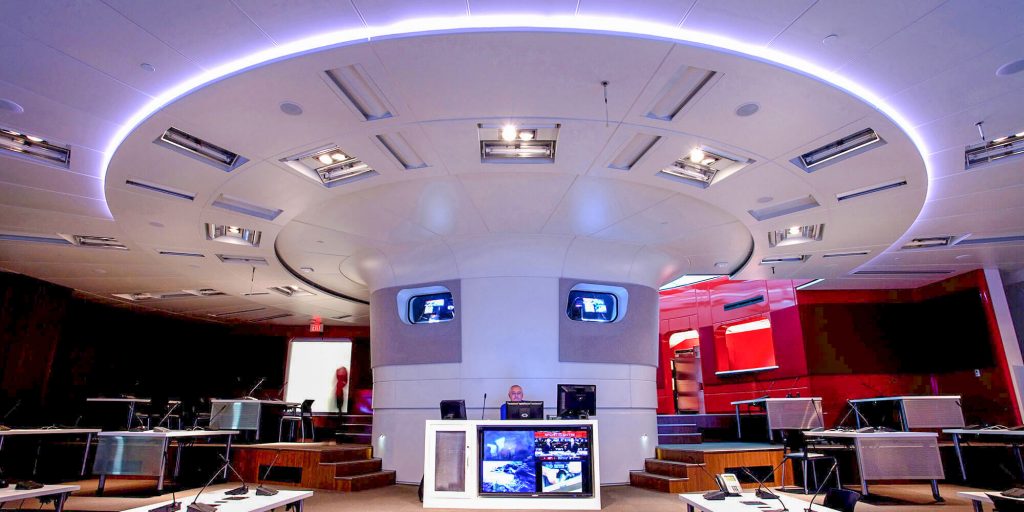
Bringing Art to Life
Architects next create schematic designs to make sure everything fits together, while the interior elements are completed. Simultaneously, in many cases it’s at this stage that the plan is sent to manufacturers to work with architects to make the design come to life.
For The Switzer Group, project architect Patrick Rothwell and his team is tasked with connecting with suppliers to work on finessing the details. “The details always get modified,” he says. “It can be challenging, but we have constant contact with those who we collaborate with: manufacturers, contractors, designers and clients. We lean on their expertise.”
One of The Switzer Group’s collaborators is Feature Walters, best known for its leading-edge feature stairs, and its ability to collaborate with architects at every stage of the project, from design to project completion.
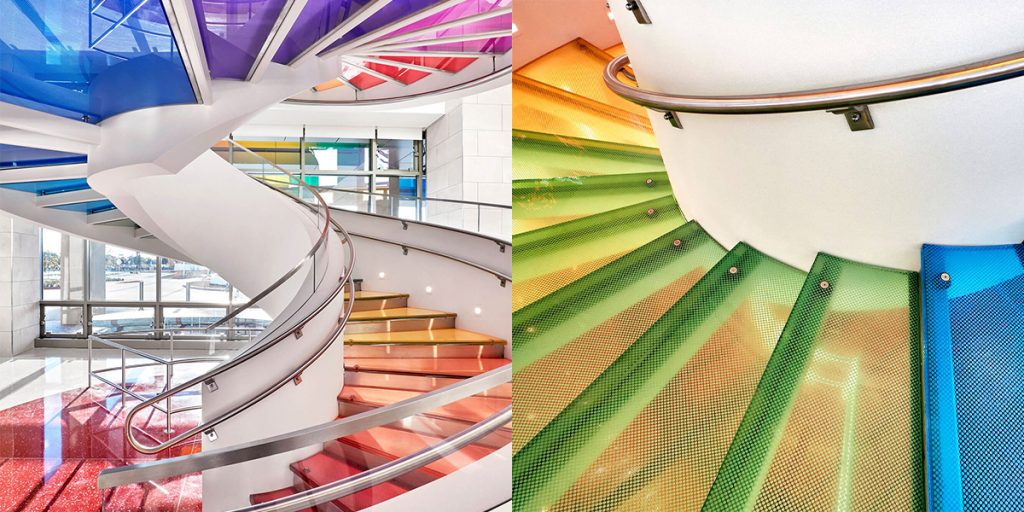
“They’re like an extension of our design arm.”
Patrick Rothwell
“They’re the professionals at engineering and bringing the design to realization,” says Rothwell. “They really did a great job with our recent project. Certain things we wanted to do they helped with, such as minimizing the size of the stair stringer and integrating fire protection due to the length of the stair. They’re like an extension of our design arm.”
A feature staircase is often valued for its ability to take occupants to different storeys and simultaneously accomplish so much more: it is an enjoyable experience, it is a proud landmark, it is an extension of a brand, and it makes a visually exciting statement that connects with people at an emotional level. A feature stair is also a component that never loses its value over time; in many cases, it will likely last longer than the building around it.
Before installation, feature elements are often fully assembled in-house to ensure absolute perfection before being carefully shipped in pieces to the construction site, which is often always under heavy construction. Months of work result in an efficient installation, and project completion.
Be All and End All
Once open and welcoming occupants, a new building and its grand architectural elements will do far more than the project’s intention. It will draw people in and give them happiness and will connect people in new ways.
Done with care, through the minds of the world’s leading architects – working in conjunction with trusted collaborators – the buildings that arise tomorrow will be liveable experiences overflowing with creativity that leads to improved production and positivity.
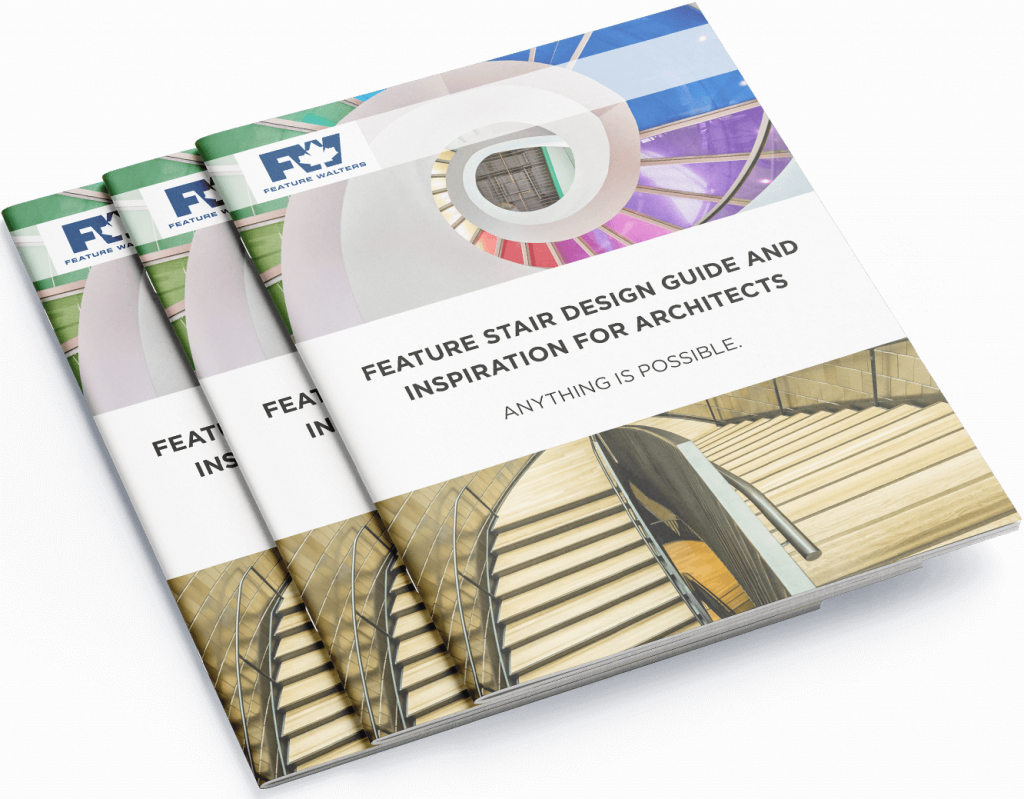
The Feature Walters Design Guide
ANYTHING IS POSSIBLE.
Our Feature Walters team has created this guide as a resource to help educate and inspire you with the many styles, materials and finishes available for architects seeking leading-edge architectural options for feature staircases.
"*" indicates required fields
